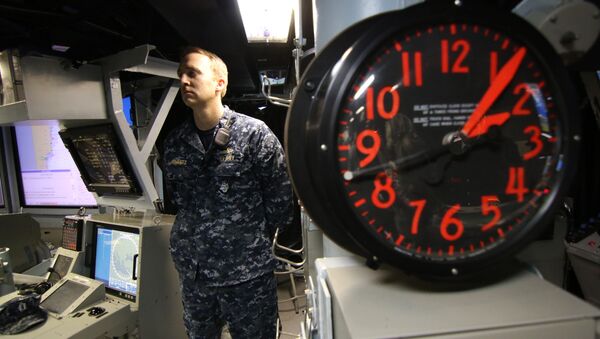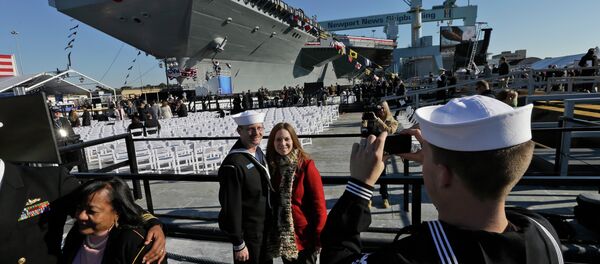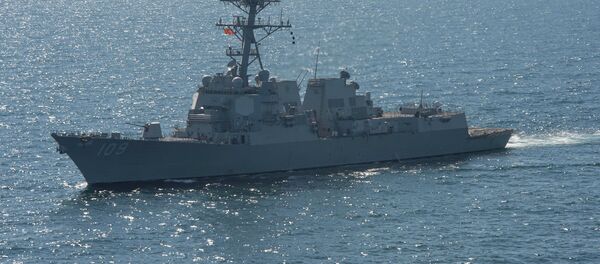Kevin Cooley, executive director and command information officer of Fleet Cyber Command, discussed the Navy’s hacking capabilities during a panel discussion at the 14th Annual C4ISR & Networks Conference in Arlington, Virginia.
“There's not necessarily a direct correlation between the capabilities of a team to exercise cyber warfare offense and having those people necessarily on ships,” Cooley told Nextgov. “Teams are structured in such a way that their locations can be shifted based on missions.”
"Those kinds of capabilities are leveraged from all parts of the world, predominantly ashore installations, in some cases afloat."
Other aspects of the overall cyber strategy include maintaining command and control of naval networks, reducing points of entry for adversary hackers and collecting signals intelligence, among others.
Last fall, the Navy established a new working group, Task Force Cyber Awakening, to update information security throughout the branch – from office systems to next-generation combat systems.
Carrying out cyber offensives is a new challenge for a military branch designed to patrol coastlines and launch physical attacks from the water, military researchers say.
Any orders to execute cyber capabilities would come from US Cyber Command, which oversees all cyber offensive and defensive activities, Cooley told Nextgov.
The current head of CYBERCOM, Admiral Mike Rogers, previously served as the head of Fleet Cyber Command. While there, Rogers supervised the response to a major hack, allegedly perpetrated by Iran, against the Navy Marine Corps Intranet.




